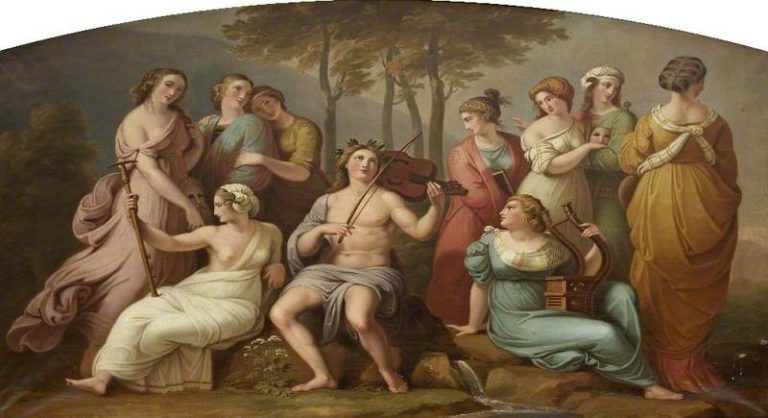The different types of voice

-
Classification
Every person has its own typical voice, unique as its own personal self.
Although it’s difficult to classify, due to its numerous parameters, the major classification system entails:
FEMALE VOICES INTO THREE GROUPS
- Soprano
- Mezzo-soprano
- Contralto
MALE VOICES INTO FOUR GROUPS
- Countertenor
- Tenor
- Baritone
- Bass
From XIX century onwards, each of these two categories took the current definition. Both men and women’s voices are recognized to possess three timbers : light, medium and dark.
The darkest voice is always the lowest while the lightest is always the highest.
What is useful is to classify every type of voice not by the extension but by the timbre itself.
In the first instance what makes possible to use the voice are basically two important mechanisms: the pressure (that takes its source from the air into the lungs and it is needed to expel the air) and, then, the tensions of the vocal cords (made up of the input given throughout the phonation).
The tightening and widening of the vocal cords create the frequency of vibration and the pitch of the sound.
Just by its own energy produced it would not allow the occurrence of the voice in all its strength; for this reason, a key role is played by the vocal organs, which are fundamental in order to have an amplification through resonance.
In Hertz, the extension of the different type voices could be standing this way:
- Soprano from 262 to 1046 Hz
- Alto from 175 to 784 Hz
- Tenor from 116 to 523 Hz
- Baritone from 98 to 415 Hz
- Bass from 55 to 294 Hz
Generally humans usually speak in a frequency within 65 – 260 Hertz:
Female from 165 to 260 Hz-
Male from 65 to 155 Hz-
The white voice
The white voice is associated with children’s voices.
Until 13 years, a boy and a girl share a very similar voice.
The change occurs at the puberty phase when the hormones underline a major robustness of the vocal cords as well as their length.
Resonators are less developed which are considered as obstacles in order to have a full and richness of harmonies.
The well-known voice break happens due to a lowering of the larynx, very common in the puberty male period.
In the male voice, it deepens of one octave.
The change usually occurs during 11 to 16 years of age.
On the other side, female voice deepens only by a few tones.
Earlier than boys, girls’ voice changes from 10 to 15 years.
In the past, there was the usage of not allowing the full plenitude in the growth of the child fated to undertake the singer career by the castration method; it allowed the invariability of the white voice during the advancement of the years storing its purity.
With less testosterone, there is no elongation of the vocal cords, neither the increase of the cartilage nor the larynx’s shift without the appearing of the Adam’s apple.
The voice kept on having its child’s features and mostly its acuity and soft timbre.
Emotions
Emotions deeply influence the voice that sounds as a hint of someone’s feelings and attitudes; it reflects the several humans’ states of emotion.
Above all, the mechanism of the respirations takes in account the vocal tract in humans are numerous and very important; for instance, laughing, crying, humming, yelling, singing, screaming and shouting need the vocal tract mediation.
When someone is depressed, their range of pitch and volume drop, so they tend to speak lower, flatter and softer.
Speaking and singing although apparently similar actions are in fact very distant one from the other; it is because the speaking is regulated by the left hemisphere of the brain whereas the singing is more controlled by the right hemisphere.
4 parameters of the sound
There are 4 parameters to classify a sound:
- The pitch, which is the acuity’s degree of the sound; it depends on the number of the frequency vibrations. It is measured by Hertz. The greater the number of vibrations the greater the acuity of the sound.
- The intensity, which is the volume of the sound; it depends on the vibrations’ amplitude; It is measured by Decibel.
- The timbre, which is a very complex quality which assume is that it is depending on the vibrations’ shape. Many factors contribute to create it, for example, the personal resonance boxes different and unique in every person.
- The duration, it is simply the time in which the sound occurs expressed by seconds.
Historical facts about voice
It’s not known precisely how much time ago a language appeared and how it exactly developed.
By the way, among the numerous hypothesis research suggested that it appeared 164.000 years ago; during the upper Palaeolithic.
Others claimed it might have appeared with the first archaic homo sapiens, namely 200.000 years ago.
What is certain is the importance the language had, as at a crucial turning point, to achieve an instrument by which evolving as compared to other animals and in order to express himself.
If you want to read more about language and its code of class, click here.







